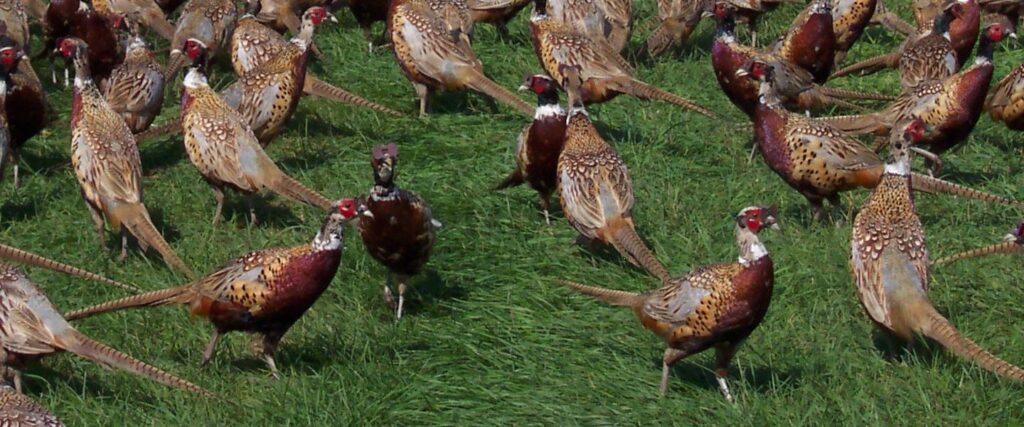A Day in The Life of the Hatchery Manager and Chick Deliveries
Keagan Strange, MacFarlane’s Hatchery Manager, typically starts his day arriving at the hatchery between 5 a.m. and 6 a.m. This gives him time to get organized for the day before other employees begin arriving between 6 a.m. and 7 a.m.
• On Monday-Wednesday, hatchery employees are filling orders. This includes packing each box with a shipping order and a heat pack. The next step is to process the hatch. This takes until 2 p.m. or 3 p.m. After that postage is run and the truck is loaded. Drivers arrive by 4 p.m. and the chicks are ready to leave for the post office by 5 p.m. During peak hatching season (mid-April thru July) we are shipping approximately 80,000 chicks per week. Our biggest hatch days are Tuesday, and we will take anywhere from 30,000-50,000 chicks to the post office on those days.
• Thursdays are clean-up day. The hatching room is cleaned from top to bottom to prepare for the coming week’s hatch. This is also a meeting day to review the orders for the next week. Box counts are completed. We begin traying eggs.
• Fridays are designated for putting the egg-sets together. The breeds and quantities of eggs needed to fill orders 25 days from the set are sent to the hatchery, from Chris, our Logistics Manager. Then as the traying of eggs is completed, they are bulked together based on breed and the date they were laid. All of these eggs will then be set for Saturday at midnight or 4 a.m.
• Saturdays are similar to Friday, on a smaller scale.
• Sundays are a catch-up day. The Sunday morning set is usually about half as big and the day is spent getting ready for the Monday hatch.
Chick Deliveries
We use three different box sizes for chick deliveries.
• 10-20 chicks go in the smallest box
• 21-70 chicks go in the medium box
• 140 go in a large box for postal delivery or pick-up
Winter boxes are used in the colder months. They have smaller holes and more insulation. They are also packed with heat packs.
Customers with very large deliveries will have multiple boxes. Each order is planned with several factors in mind. We look at where the delivery is going, what the weather is at the delivery location, what box types are needed for the order, and how to efficiently divide orders so chicks are packed perfectly.
When preparing for a shipment, two people count chicks into boxes. One counts the cocks and the other counts the hens. Two people are counting the straight run chicks and everyone works on sexing.
At the end of the day, everyone works on the postage and loading the chicks into the climate-controlled semi-truck before they head to the Minneapolis post office. The greatest advantage of the postal deliveries is it provides a hub to ship country-wide. On the other hand, we have far less control handling shipments once they leave our truck at the post office. We have a very tight deadline for processing and getting our chicks to the post office so we have to maintain excellent organization and depend on our chicks to hatch right on time!
We also ship chicks through air freight, primarily Delta Cargo. For example, we ship to Hawaii multiple times each season and these chicks are sent on air freight.
For some of our larger customers, or locally, we also provide delivery service with either our cargo vans or semis.
We have quite a few local people that will pick up chicks directly from the hatchery. Generally, they are smaller orders, but last year we had a customer from Georgia come and pick up over 20,000 chicks.
This is a busy time of year for MacFarlane Pheasants. We have already shipped 250,000 chicks this season and provided 100,000 to our farm to grow to maturity. We typically produce a million chicks per season! Watch our website for chick availability if you have not yet placed an order.


Related Posts
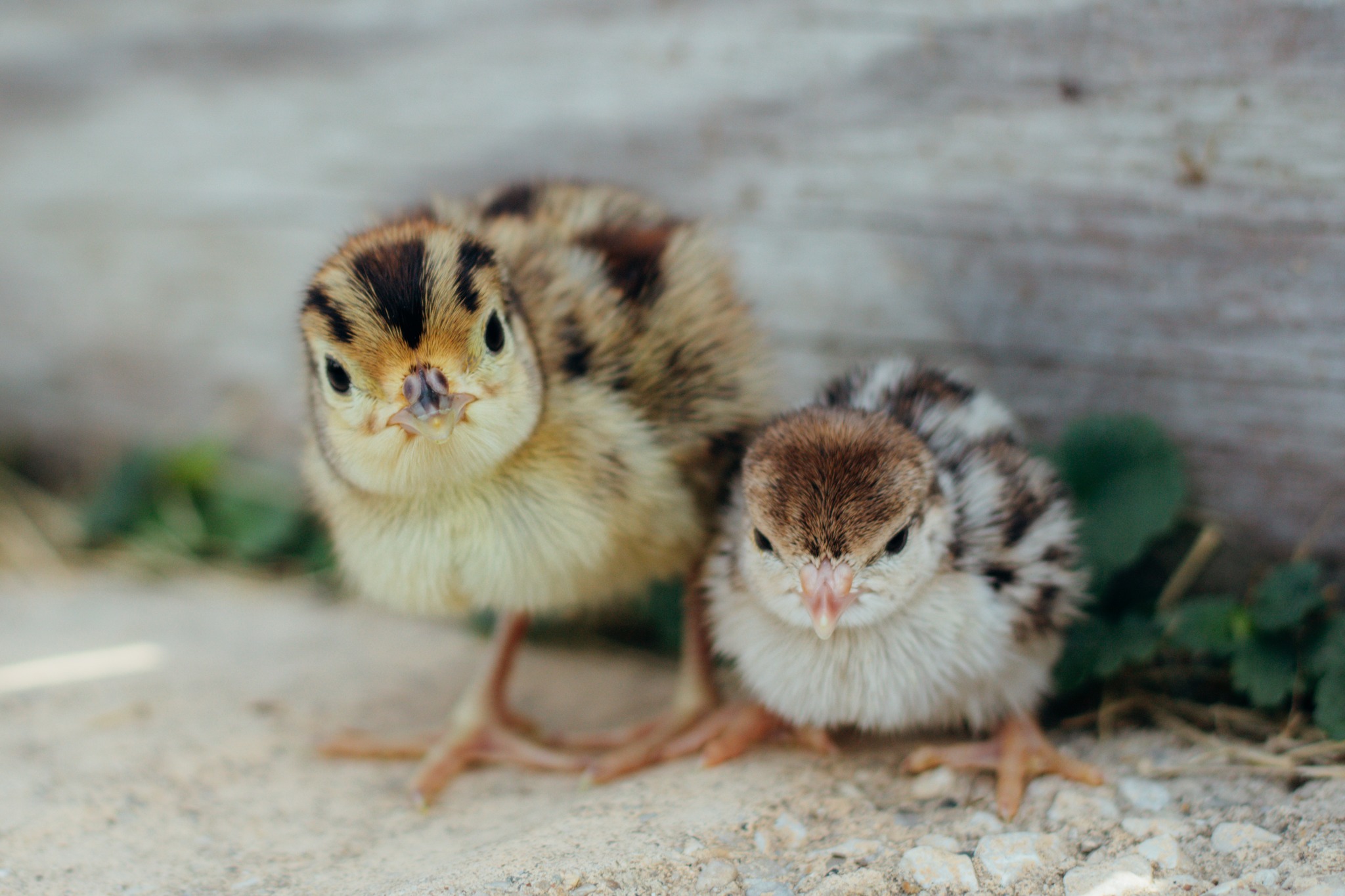
Shipping Chicks Safely During Cold Weather Months
Read Post
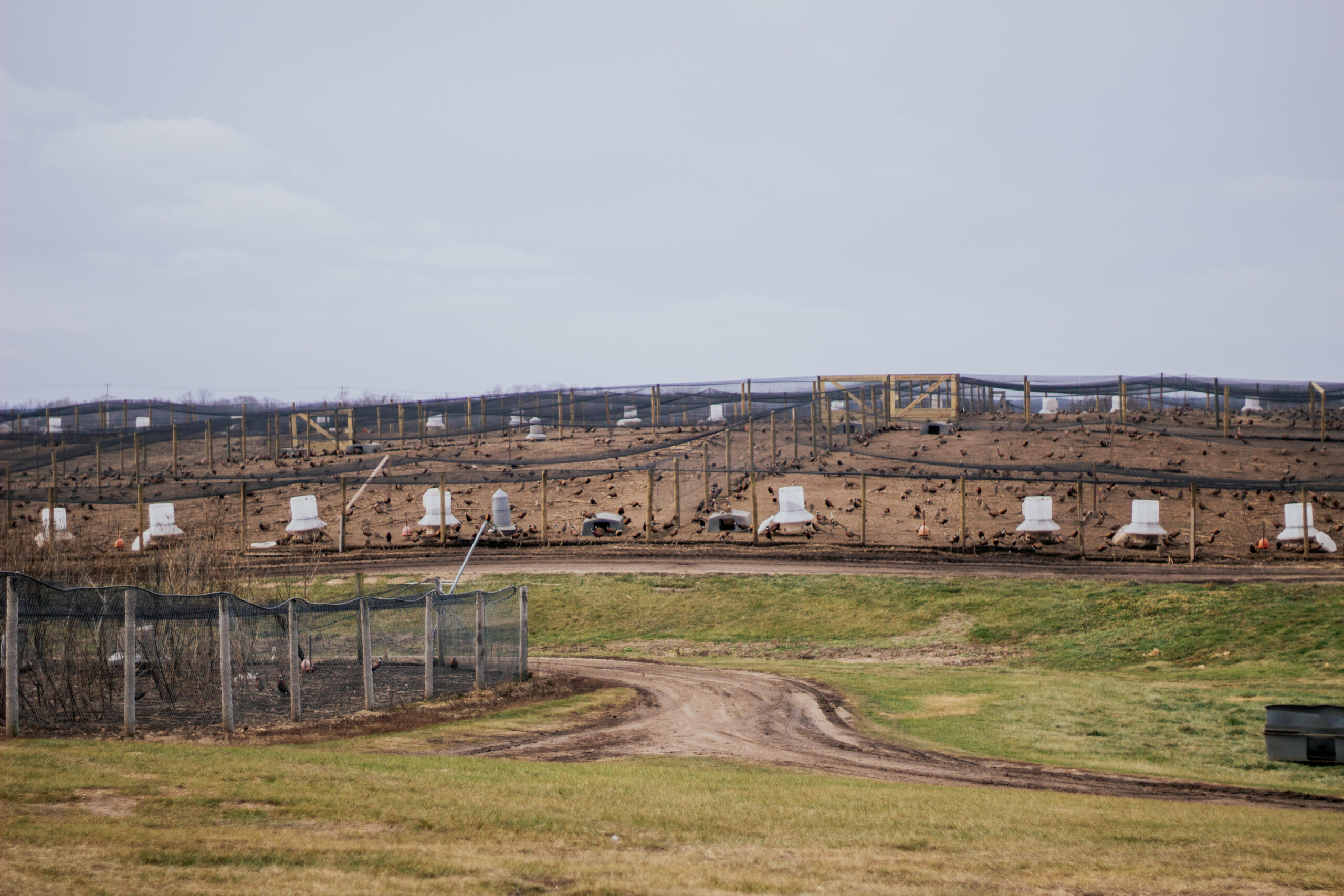
Preparing Our Barns & Pens Each Spring
Read Post
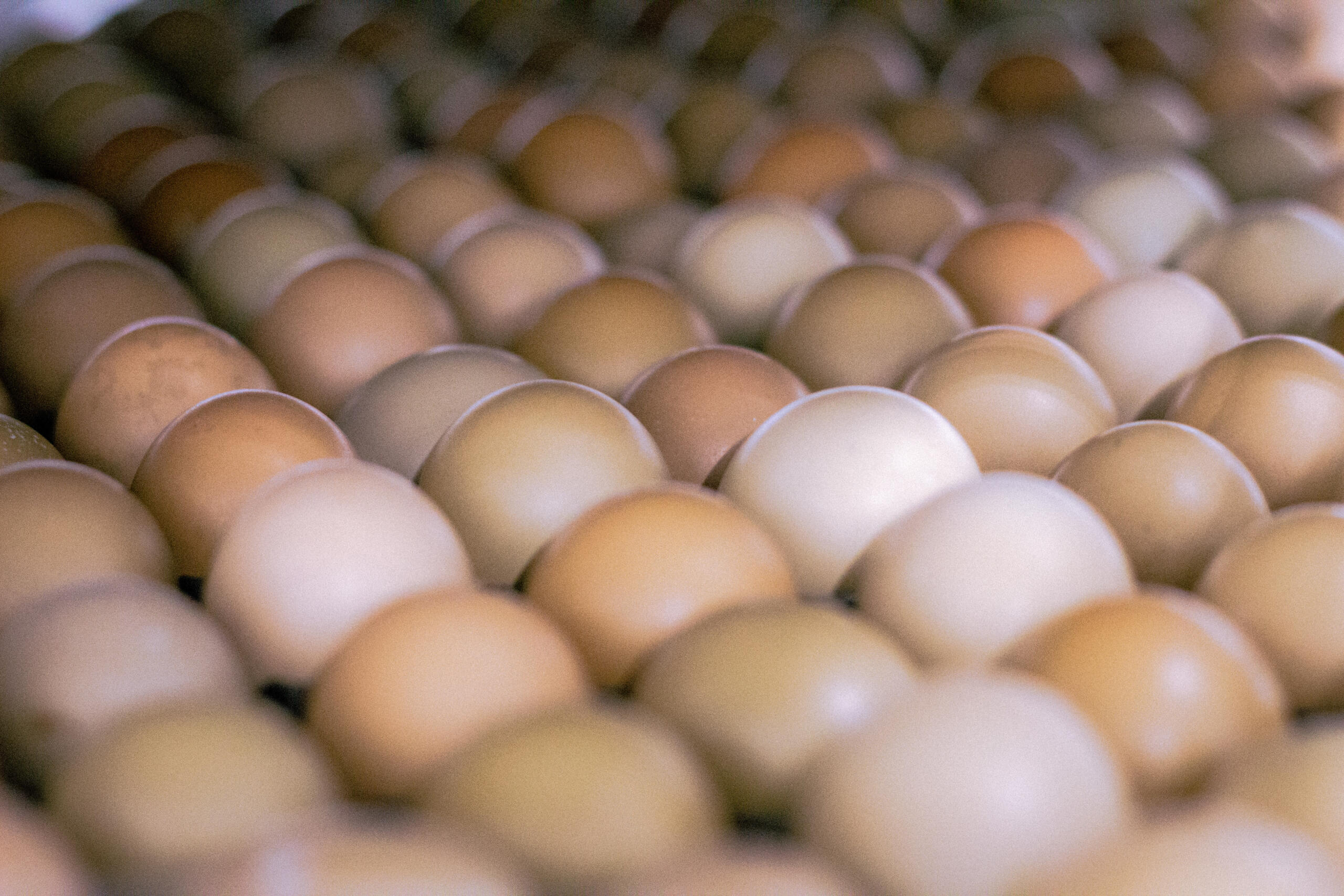
Incubation of Pheasant Eggs
Read Post
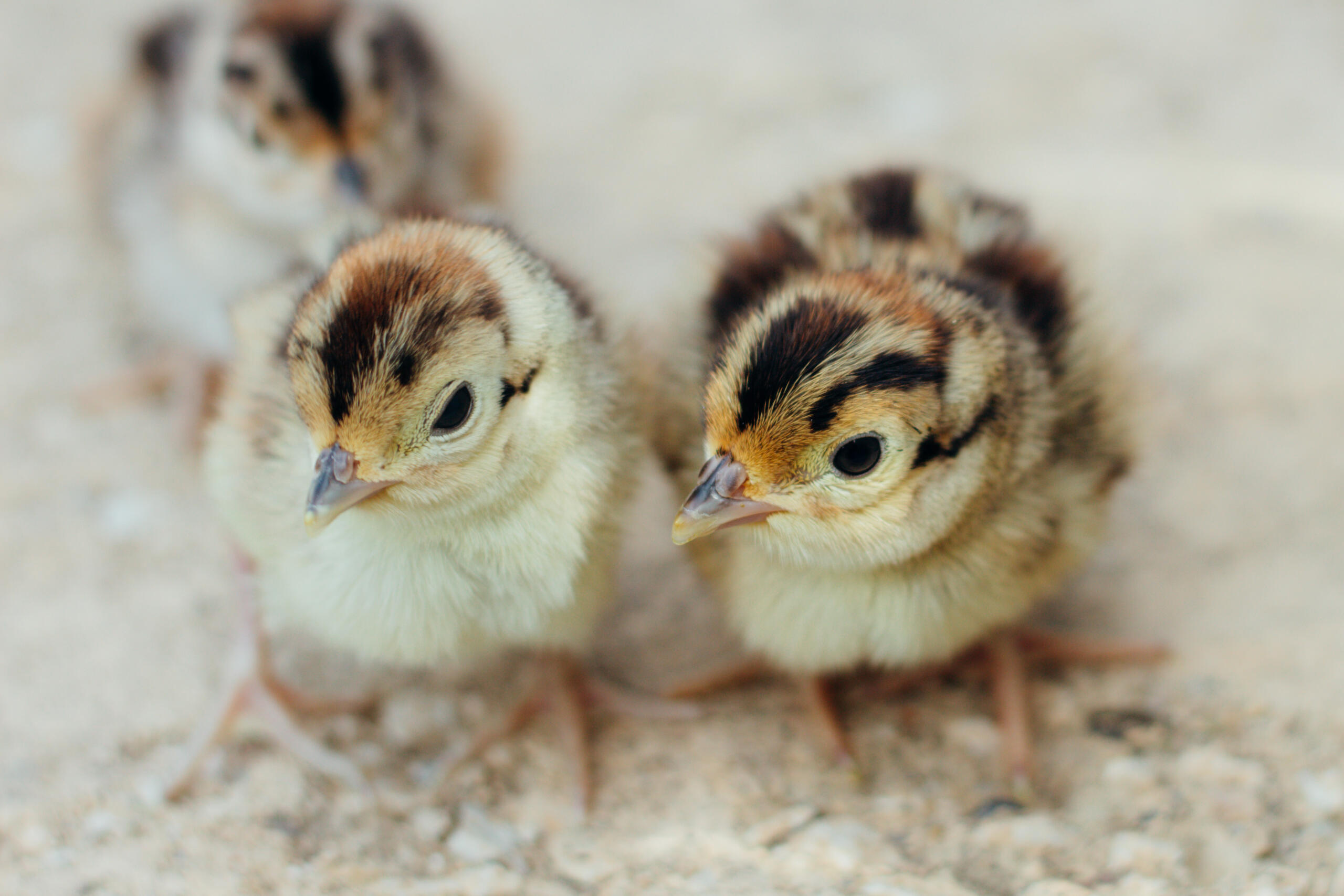
A Comparison of Hatch Data Between Two Different Genetic Types of Pheasants
Read Post
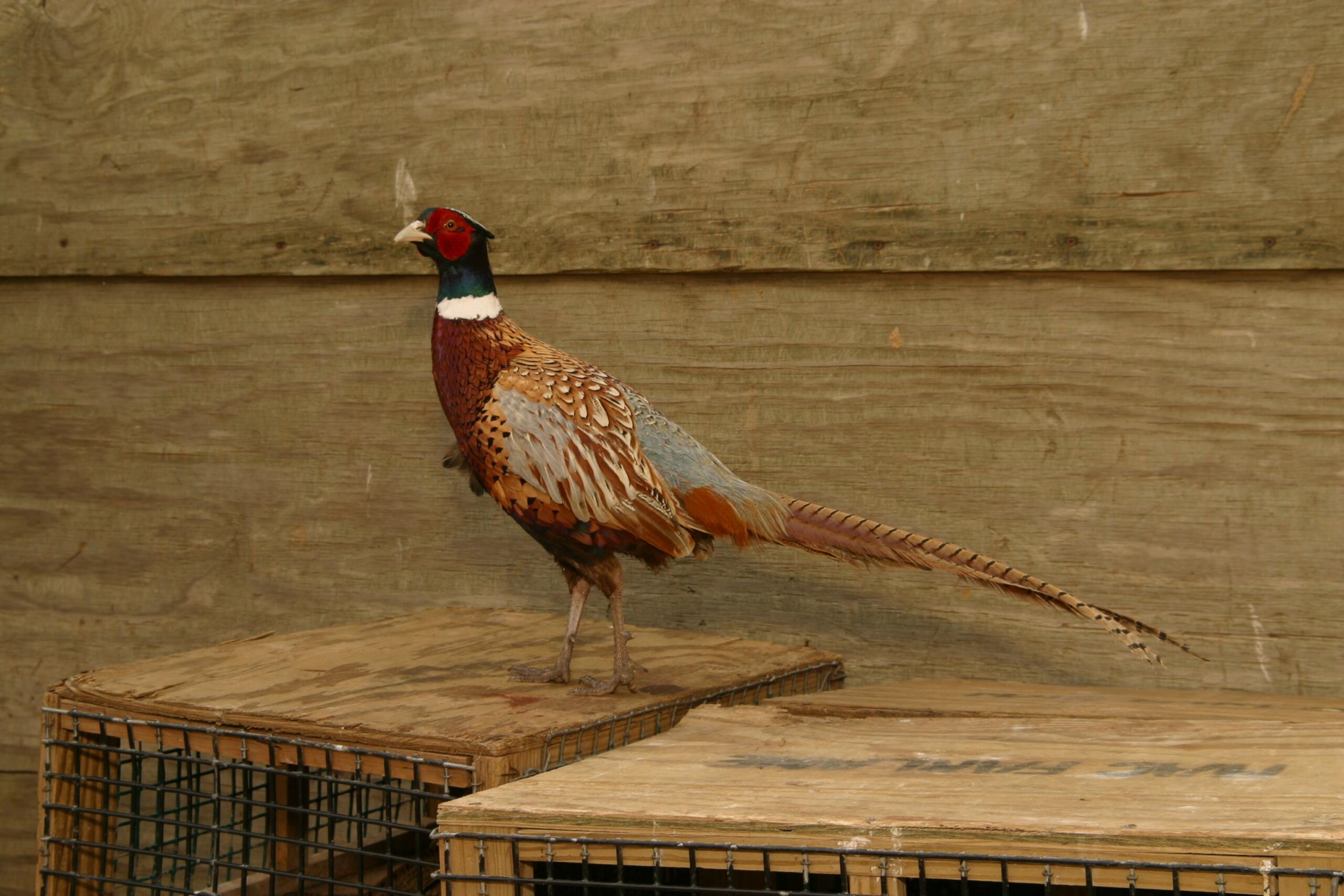
DuPont Financial Analysis Model
Read Post

Post Office Tells FedEx to Start Carrying Live Animals
Read Post
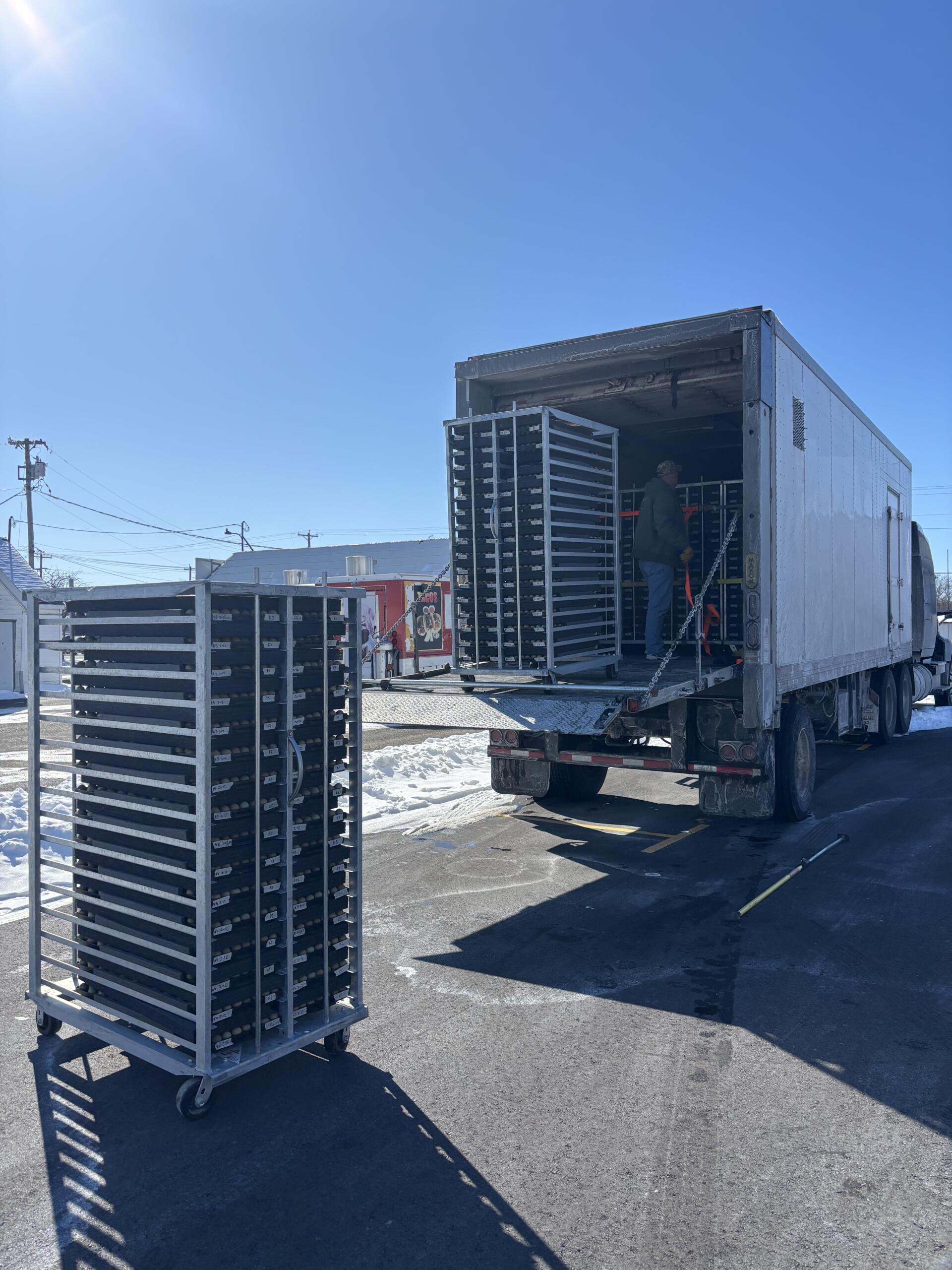
Busy Times at MacFarlane Pheasants’ Missouri Breeder Farms 2024!
Read Post
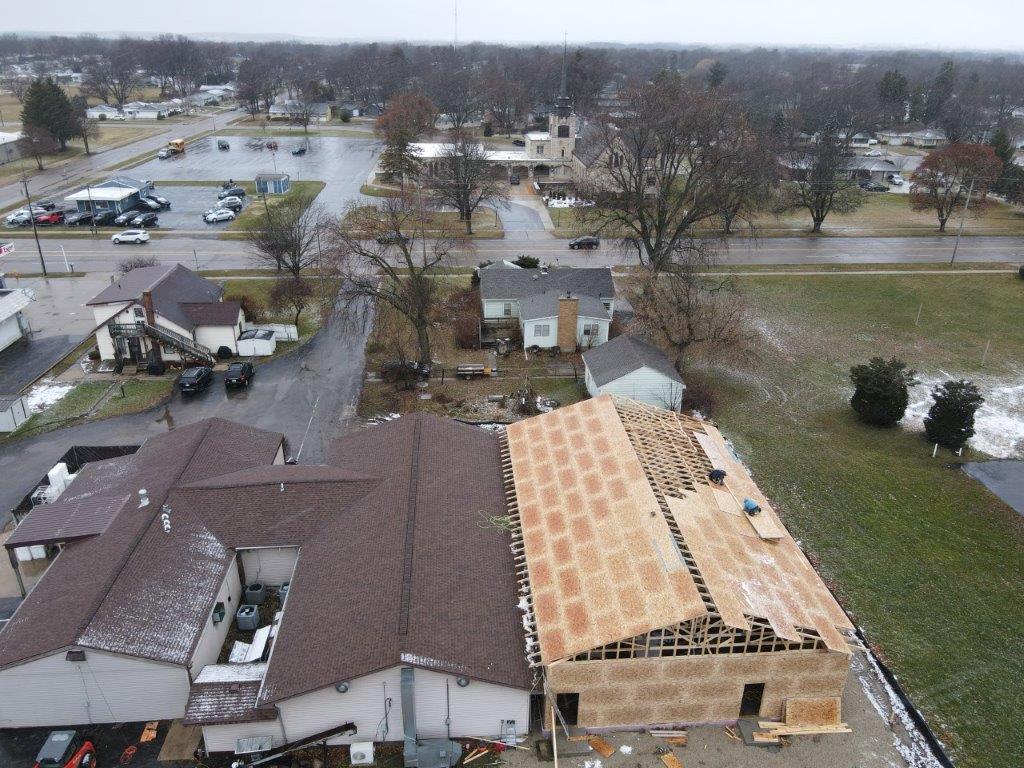
Hatchery News at MacFarlane Pheasants
Read Post
Take Advantage of These Free Resources
As the biggest game bird farm in the United States, we want to share our experience with you. Download our free resources below and get started.



